Why Natural Handmade Soap Is Better For You
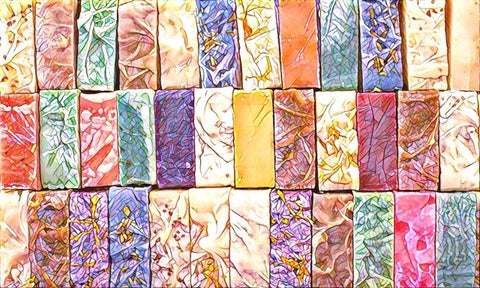
What’s bad about commercial soap?
Commercial detergent bars contain harsh chemicals that are not only harmful to the environment, but they can cause dryness and serious skin irritation.
The commercial manufacturing of soap or ‘cleansing bars’ is completely different from the way soap chandlers produced soap in the old days. Over the years, natural oils like olive, coconut and palm (PalmOlive soap was originally made with these oils, but not anymore) have been replaced with animal fat, toxic chemicals and synthetic detergents. Also, the naturally occurring glycerin, which is a humectant and skin moisturizing ingredient, has been removed to be sold as a profitable bi-product so that it can then be re-added to soaps marketed as 'glycerin soap' or used in the cosmetic industry as a moisturizing ingredient for products like body lotions and hair conditioners.Even though the labels claim to bring health and moisture to your skin- Don't Be Fooled! The fact is that there is nothing about any of their ingredients that is actually beneficial for skin health. Let us examine some ingredient labels from ‘cleansing bars’. If you can’t understand their ingredient lists, you’re not alone. I will interpret the ingredient lists below and you can judge for yourself whether you think these products are good at all for you, your family or your environment.
The Dove "beauty bar" advertises that it is 1/4 moisturizing cream but I can not see any ingredients listed that are in fact moisturizing ingredients. None. The list of ingredients includes various detergents, fragrance and preservatives. Here is the complete list interpreted so that you can understand what each ingredient means:
Sodium Lauroyl Isethionate (surfactant/detergent), Stearic Acid (wax solid most likely derived from animal tallow), Sodium Tallowate (surfactant derived from rendered beef fat), Water, Sodium Isethionate (surfactant/detergent), Coconut Acid (surfactant), Sodium Stearate(surfactant), Cocamidopropyl Betaine (surfactant), Sodium Cocoate or Sodium Palm Kernelate (surfactant/detergent), Fragrance (synthetic fragrance or perfume), Sodium Chloride (salt), Titanium Dioxide (mineral colorant, opacifying agent), Tetrasodium EDTA (preservative), Trisodium Etidronate (preservative).
Notice how none of these bars say 'soap' anywhere on their labels with the exception of the Irish Spring bar which says it in tiny lettering. Also, pay attention to the fact that almost all of the bars list Sodium Tallowate as the first ingredient. This means it is the main ingredient. Sodium Tallowate is made from tallow which is animal beef fat. It is an extremely cheap ingredient that is used in almost all commercially produced soaps. I saved the picture of the Olay "beauty bar" for last because it irritates me the most and is my favorite example of soap hogwash. It states 10x more moisture on the front of the label, which means nothing, and then the label blatantly lies to you when it says "sensitive unscented" on the front of the bar and then clearly lists FRAGRANCE/PARFUM (fragrance perfume) in the ingredient list. Come on! How annoying!Whenever I see these bars next to a sink or in a bathroom, I cringe. Sometimes I have to fight back the urge to hiss like a cat at them! Thank goodness there is an alternative to using these vile bars of nastiness!
What’s good about natural, real handmade soap?
Aside from the fact that naturally handcrafted soap is beautiful and it elevates you to bathing paradise, it is made simply with ingredients that are known to be beneficial for skin health. Natural vegetable oils and butters are soothing and moisturizing. They help heal and protect and provide your skin with vitamins and nutrients. The natural glycerin that is created during saponification (the soap-making process), is left unremoved in natural soap bars which further contributes to a truly creamy moisturizing lather. In addition to all that, natural soap can be made with herbs, botanicals, and therapeutic plant essential oils which add delightful aromas and healing properties.Although they are always better than commercial soaps, not all handmade soap bars are created equally. Many soap makers use a melt-and-pour soap base that can be purchased in craft stores. This kind of soap is made with a solvent to make it easy to melt, add ingredients to, and then pour into molded shapes. Often this soap is called glycerin soap and can be clear or opaque. Though many soap crafters use some natural ingredients which bring about a homemade effect, much of the soap base that they use is commercially produced and can contain questionable ingredients.
Emz Blendz Natural Soap is made from scratch with a method called cold process soap-making. The cold process soap method takes a little more time and effort, but it definitely creates the highest quality, mildest bar of soap. During the cold process soap method, vegetable oils, butters or fats are blended with lye to create soap. Lye sounds scary, but it is completely necessary for saponification and after interacting with the oils, all of its caustic qualities are transformed and neutralized. Soap that is handcrafted using the cold process method creates the mildest, most natural and longest-lasting bar of soap in the world.
Just like we did above with yucky commercial soap labels, we have to look at the ingredient label for a beautiful all-natural organic soap bar. Here is a picture of the front and side label of a Pure & Simple Emz Blendz Natural Soap Bar:
It is what it says it is! You can read and make sense of all of the ingredients listed. Here is the list of ingredients more clearly:
Ingredients: saponified organic oils of olive, coconut, palm (organic and sustainably sourced), sweet almond, cocoa butter.
Now that I have made you think a lot more about the soap you and your family use, I hope that you always remember that what goes on your body, is as important as what goes into your body. Natural and organic soap is always better for you and the environment. Your skin will absorb whatever it comes into contact with, so do yourself and your skin a big favor and lather up with something good!May you-
Live healthy and happy from the skin to within…
Skin-cerely,
Emily Whitlock, Founder
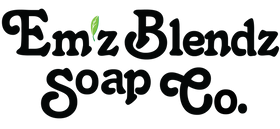

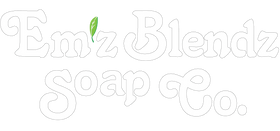
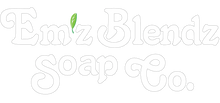
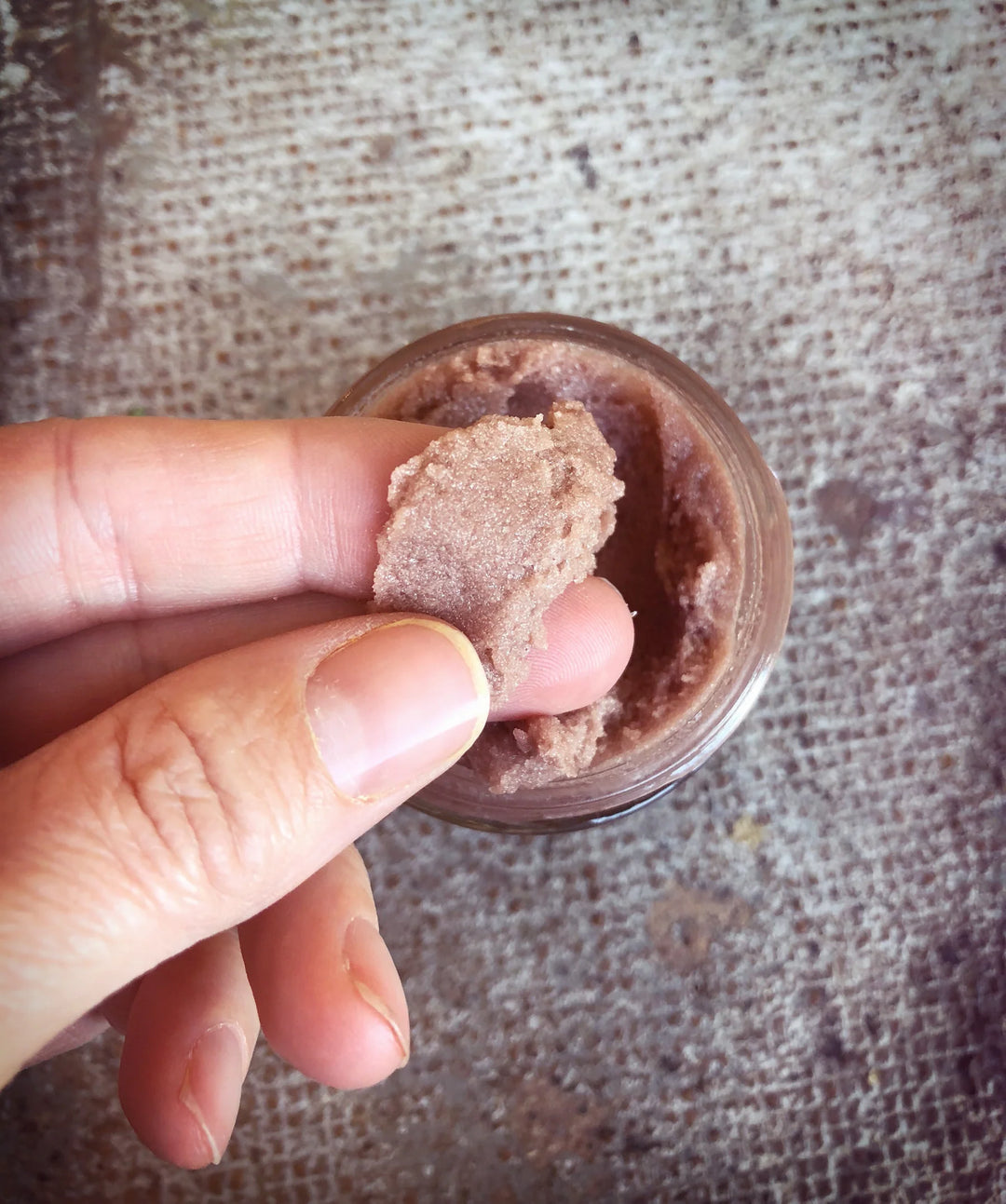
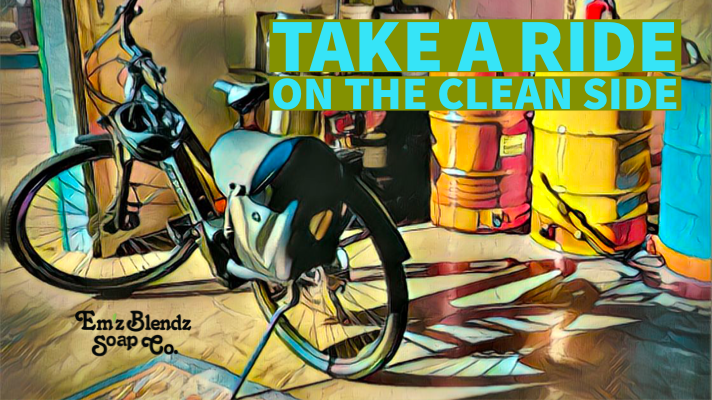
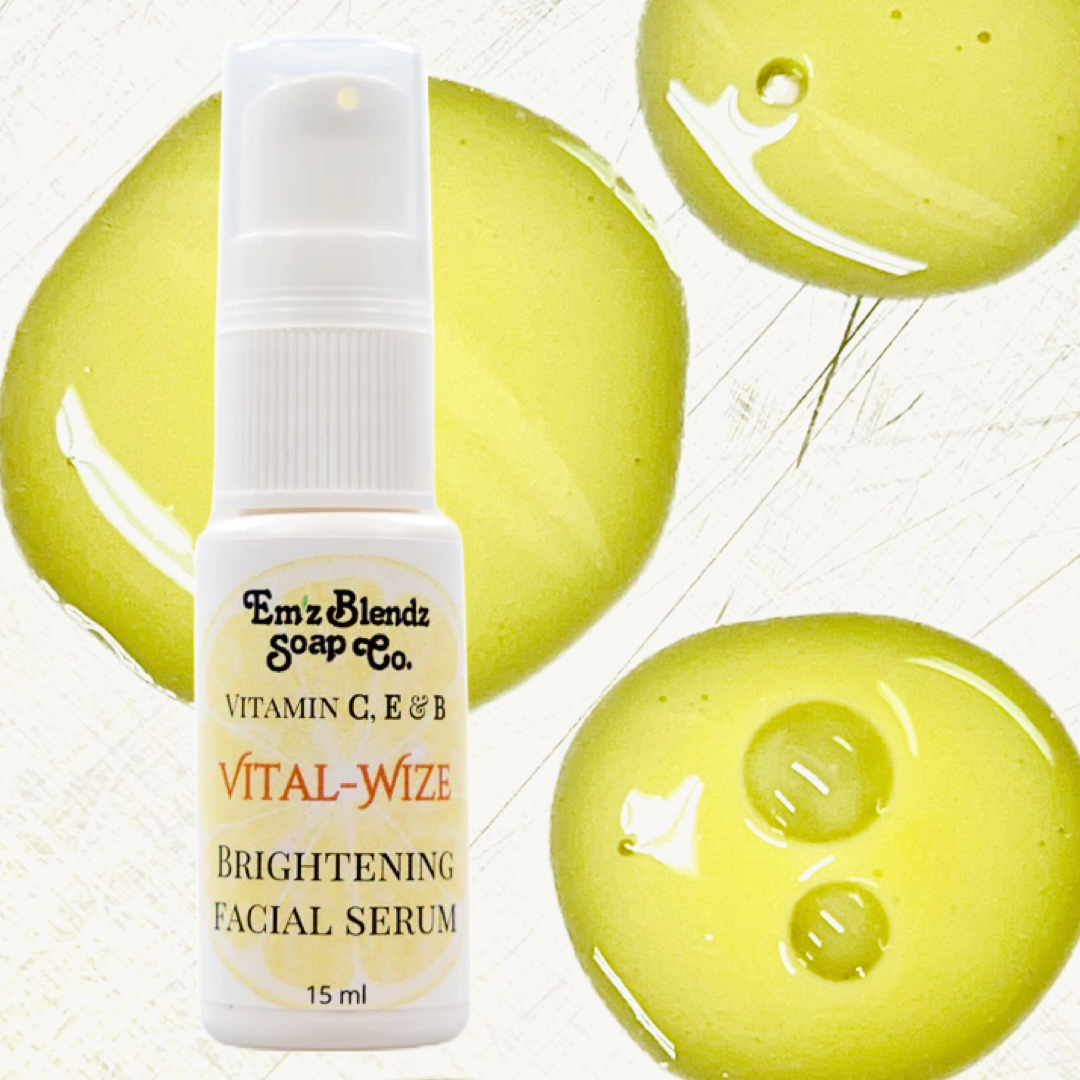
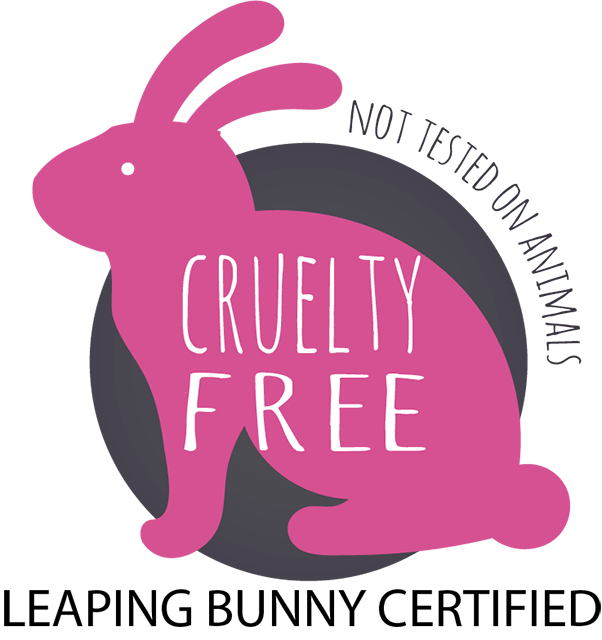


An Eye opener.IAm also making soap but with melt and pour method.
Leave a comment